Medical
The hospital and healthcare environments require high quality air purification solutions to protect patients and staff against infections and occupational diseases.
Working closely with healthcare professionals allowed us to understand their strict requirements and design highly efficient air purification systems to provide safer and healthier working environments. We offer complete air purification solutions against airborne microorganisms (bacteria, viruses, and fungal spores), gaseous contaminants, chemicals and odors.
Hospitals & Rehabilitation Center |
Nursing Homes |
Dental Offices |
Veterinary Clinics |
| The primary role of a hospital is to provide medical treatment and nursing care to patients. There are various healthcare facilities and departments, such as inpatient wards, operating theatres, intensive care units (ICUs), outpatient departments (OPDs), pharmacies, radiology departments, laboratories, etc. Each facility has its own functions, and the day-to-day running of each can be very different from the other facilities. The three main groups of occupants of a hospital are patients, healthcare workers, and visitors. Individual groups are different in terms of their health status and susceptibility to airborne chemicals and microbes. |
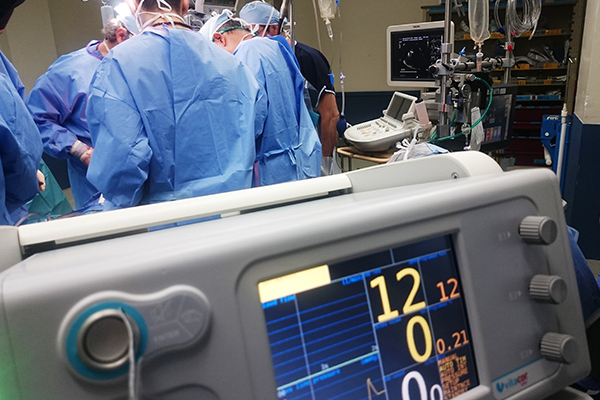 |
 |
|
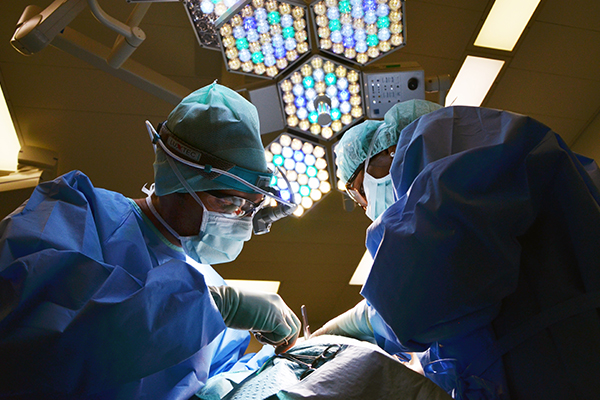 |
The diversity of facilities and occupants makes the complex hospital environment unlike that of any other commercial and industrial buildings. The control of indoor air quality (IAQ) plays an important role in the prevention of infection in hospitals to protect both hospital staff and patients, especially immunosuppressed and immunocompromised patients, who are highly susceptible to the adverse effects of various airborne chemicals and microbes. |
 |
|
| Achieving good hospital IAQ is a challenge to both hospital engineers and healthcare workers. Healthcare workers should practice medical care with effective source control in order to minimize pollutant emission. On the other hand, engineers should design, operate, and maintain the heating, ventilating, and air-conditioning (HVAC) systems and other engineering systems for effective dilution and elimination of indoor air pollutants. |
 |
 |
|
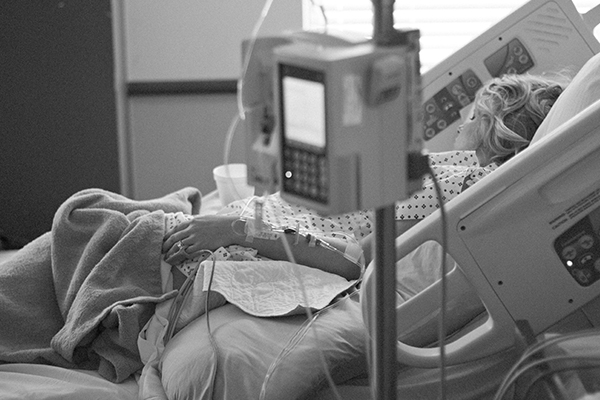 |
Our equipments offer improved air quality for hospitals, labs and healthcare clinics by using a proven multi-stage filtration technology against high concentrations of chemicals, gases, odors, particles and biological contaminants. Available as standalone units for general air purification, our equipments can be easily adapted for virtually any application that requires removal of chemicals gases, VOCs, bacteria, fungal spores and particles directly at the source to capture any contaminants before they spread into the environment. |
 |
Products & Services
-
Indoor Air Quality Series
Engineered to purify a wide variety of odorous and contaminates from indoor air.
-
Antibacterial Sterilization Series
Engineered to provide enhanced performance in controlling bacterial and fungal growth in air stream, as well as removing a wide range of gaseous contaminants.
-
Targeted Contaminants Removal Series
Filtering by adsorption or oxidation process and engineered to provide superior performance in removing selected contaminants.
-
Ventilation Filtration Systems
Ventilation Filtration System (VFS) is a type of air filtration equipment that designed for meeting the needs of indoor air ventilation and purification. It is filled with IIECC Filtration Media to purify the air from outdoor to protect people from air po
-
Recirculation Purification System
Recirculation Purification System (RPS) is an independent and complete air purification equipment. It is designed to be placed indoors, and the air is circulated and purified to protect people from indoor air pollution, and make sure that the electronic
| The environment in a nursing home is a combination of the hospital setting and a communal living situation. The indoor air quality in nursing homes has a serious effect on the lung health of elderly residents, according to the findings of a new study. The results showed that exposure to high levels of PM10 and NO2 was significantly associated with breathlessness and cough. High levels of PM0.1 were associated with wheeze and high concentrations of formaldehyde were linked with chronic obstructive pulmonary disease (COPD). Another study found that cognitive decline in older adults can be accelerated by consistent exposure to particulate air pollution. |
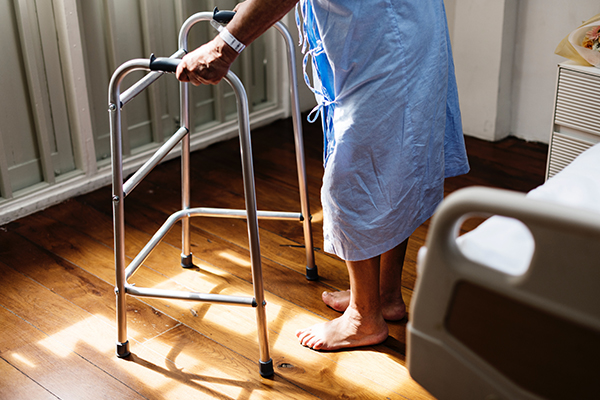 |
 |
|
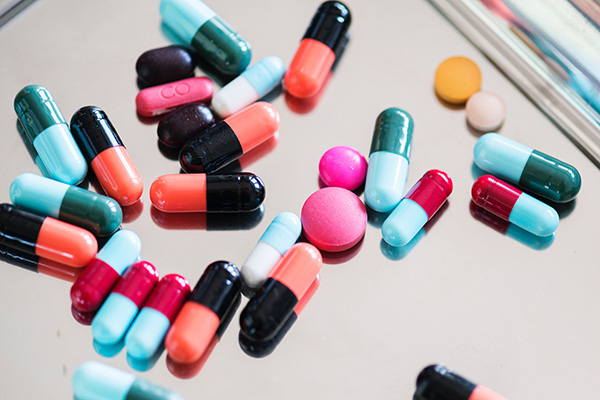 |
Like hospitals, transmissible infections are a problem in nursing homes. Many of the patients are ill and the close quarters at social events and meals mean disease can be transmitted through touch or by coughing. In addition, the smell of nursing homes has been confusing caregivers and managers. The sources of odors mainly include the respiratory odor of the elderly, the odor of excretion caused by incontinence, and the odor spread by the body's excretory system (oral breathing, sweat glands, excretion) to the outside world due to long-term use of drugs. |
 |
|
| With life expectancy increasing, more people are living in nursing homes. As a person ages their body becomes more susceptible to the risks of air pollution and they are also exposed to higher levels of indoor air pollution due to their reduced activity. While more research is needed on the specifics of how certain chemicals and pollutants cause health issues, the point it clear: clean air is important for seniors living in nursing care facilities. Nursing homes should do more to prevent indoor air pollution by limiting its sources and by improving ventilation in their buildings. |
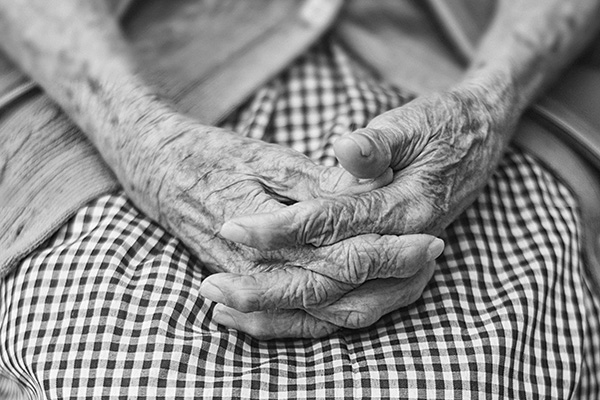 |
 |
Products & Services
-
Indoor Air Quality Series
Engineered to purify a wide variety of odorous and contaminates from indoor air.
-
Antibacterial Sterilization Series
Engineered to provide enhanced performance in controlling bacterial and fungal growth in air stream, as well as removing a wide range of gaseous contaminants.
-
Targeted Contaminants Removal Series
Filtering by adsorption or oxidation process and engineered to provide superior performance in removing selected contaminants.
-
Ventilation Filtration Systems
Ventilation Filtration System (VFS) is a type of air filtration equipment that designed for meeting the needs of indoor air ventilation and purification. It is filled with IIECC Filtration Media to purify the air from outdoor to protect people from air po
-
Recirculation Purification System
Recirculation Purification System (RPS) is an independent and complete air purification equipment. It is designed to be placed indoors, and the air is circulated and purified to protect people from indoor air pollution, and make sure that the electronic
| Maintaining good air quality is important in order to protect dental staff and patients from the many harmful airborne contaminants that exist in dental offices. Dental work involves the use of many chemical compounds, even in the case of routine dental work, which can be harmful to those who are exposed to these contaminants. These contaminants can come from dental equipment such as high-speed drills. Dentists have a duty to provide safe working conditions for employees and to keep patients healthy. The use of disinfectants – a necessity for hygienic and safe dental practices – are toxic and can also cause irritation, headaches and other symptoms. |
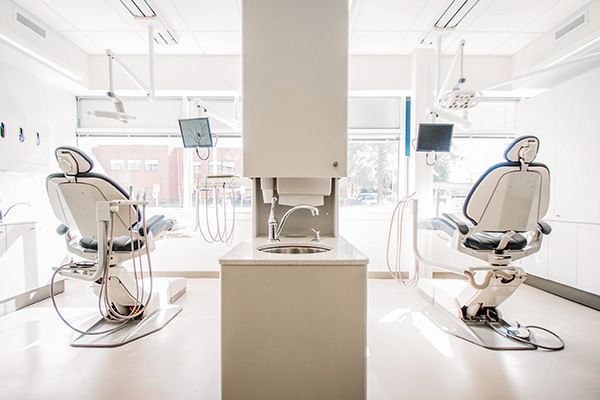 |
 |
|
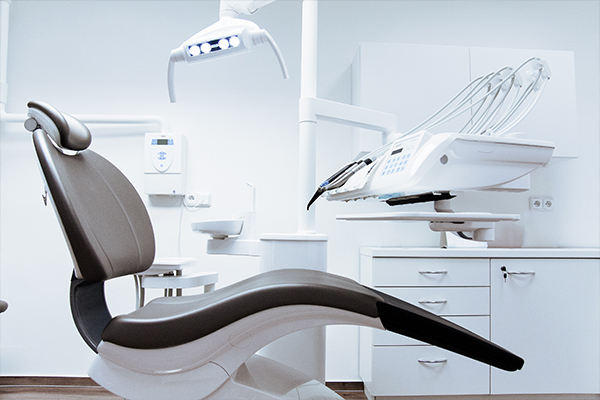 |
Of course, the risks do not end here. Latex allergens and X-Ray development chemicals are also cause for concern. Mercury is another contaminant commonly found in dental offices. Mercury is typically released during amalgam fillings. In fact, studies show that dentists and staff have a higher level of this chemical in their urine. The problem is that mercury is odorless and changes to gas at room temperature, making its harmful effects go completely undetected. Exposure to these contaminants can be significantly higher in dental offices than in other environments, which is why good air quality is essential. |
 |
Products & Services
-
Indoor Air Quality Series
Engineered to purify a wide variety of odorous and contaminates from indoor air.
-
Antibacterial Sterilization Series
Engineered to provide enhanced performance in controlling bacterial and fungal growth in air stream, as well as removing a wide range of gaseous contaminants.
-
Targeted Contaminants Removal Series
Filtering by adsorption or oxidation process and engineered to provide superior performance in removing selected contaminants.
-
Ventilation Filtration Systems
Ventilation Filtration System (VFS) is a type of air filtration equipment that designed for meeting the needs of indoor air ventilation and purification. It is filled with IIECC Filtration Media to purify the air from outdoor to protect people from air po
-
Recirculation Purification System
Recirculation Purification System (RPS) is an independent and complete air purification equipment. It is designed to be placed indoors, and the air is circulated and purified to protect people from indoor air pollution, and make sure that the electronic
| In recent years, an increasing number of veterinary practices have focused on the diagnosis and treatment of diseases affecting animals. Direct contact between veterinarians and diagnosed animals is associated with the risk of contamination. The veterinary staff come in contact with microorganisms present on the skin, mucous membrane or animal hair, and may also be exposed to other potentially infectious factors, including excreta and body fluids. This poses the risk of contamination via the penetration of microorganisms through damaged skin, mucous membranes, and respiratory or digestive tracts. |
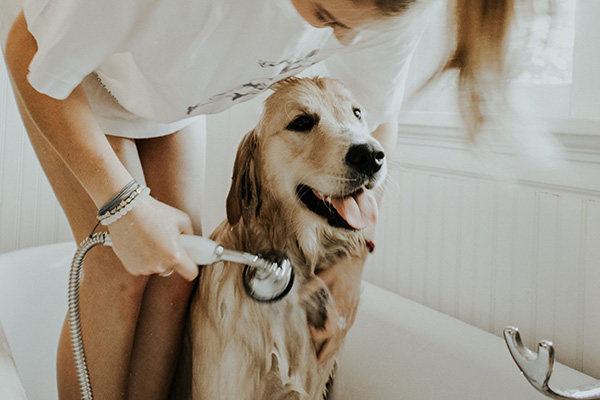 |
 |
|
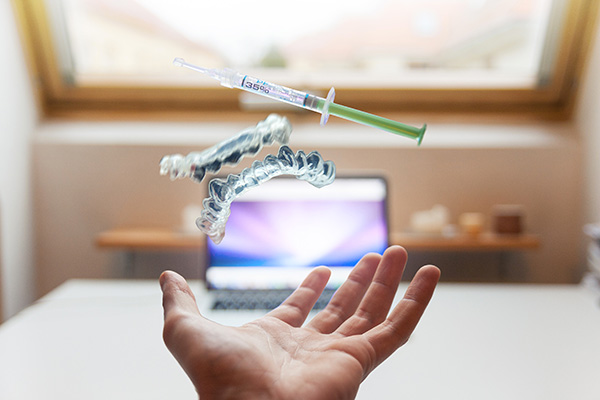 |
The transmission of infectious agents requires three elements: the source of pathogens, host susceptibility and the way of transmission. The spread of microorganisms occurs through contact, aerosol and vector organisms (fleas, ticks, which pets can carry). Bioaerosols are ubiquitous air polluting agents in indoor spaces. They are a complex of dead or living microorganisms, pathogenic or non-pathogenic, cell fragments, spores, products of microorganisms metabolism and parts of plant or animal origin. The exposure to biological aerosols indoors is identified as a significant health threat, causing a number of infectious diseases, acute toxic reactions and allergies. |
 |
|
| Veterinarians, health care professionals and food industry workers, are the groups at high risk regarding diseases associated with the presence of microorganisms in the work environment. Veterinary clinics, like any other 'enclosed' spaces, are reservoirs of microbiological agents: viruses, bacteria and fungi, the components of bioaerosols, which pose the most common threats. |
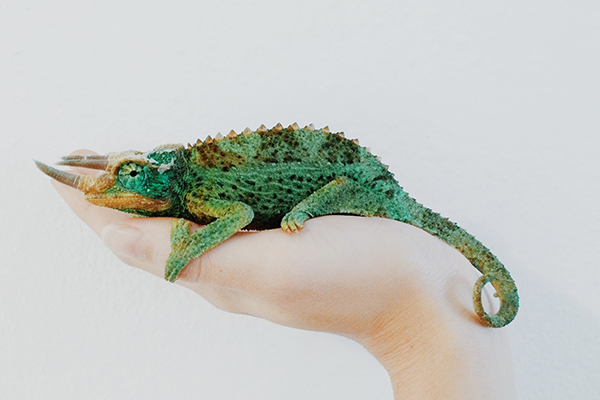 |
 |
|
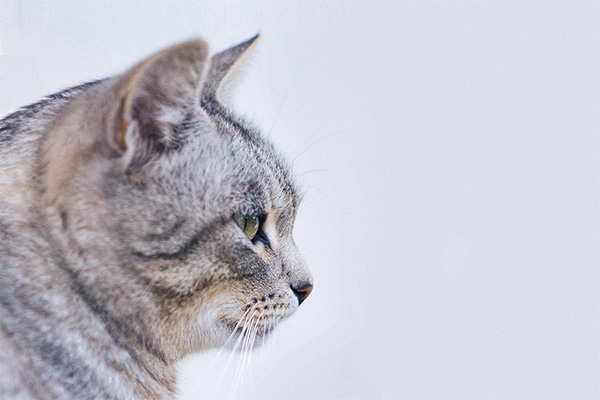 |
In addition, the odor of veterinary clinics is also very serious. The odors emitted by pets and the harmful gases such as ammonia, amines and hydrogen sulfide caused by pet excretions will seriously affect the health of workers and cause problems for nearby residents. Veterinary clinics and pet hospitals should take more measures to prevent indoor air pollution by controlling the source of pollutants and improving the ventilation of buildings. |
 |
Products & Services
-
Indoor Air Quality Series
Engineered to purify a wide variety of odorous and contaminates from indoor air.
-
Antibacterial Sterilization Series
Engineered to provide enhanced performance in controlling bacterial and fungal growth in air stream, as well as removing a wide range of gaseous contaminants.
-
Targeted Contaminants Removal Series
Filtering by adsorption or oxidation process and engineered to provide superior performance in removing selected contaminants.
-
Ventilation Filtration Systems
Ventilation Filtration System (VFS) is a type of air filtration equipment that designed for meeting the needs of indoor air ventilation and purification. It is filled with IIECC Filtration Media to purify the air from outdoor to protect people from air po
-
Recirculation Purification System
Recirculation Purification System (RPS) is an independent and complete air purification equipment. It is designed to be placed indoors, and the air is circulated and purified to protect people from indoor air pollution, and make sure that the electronic









